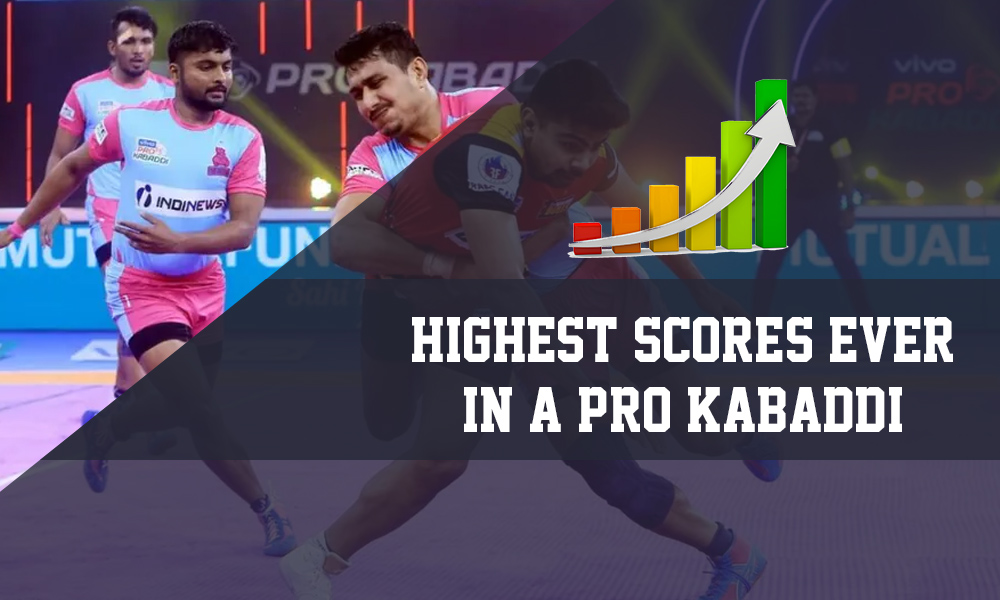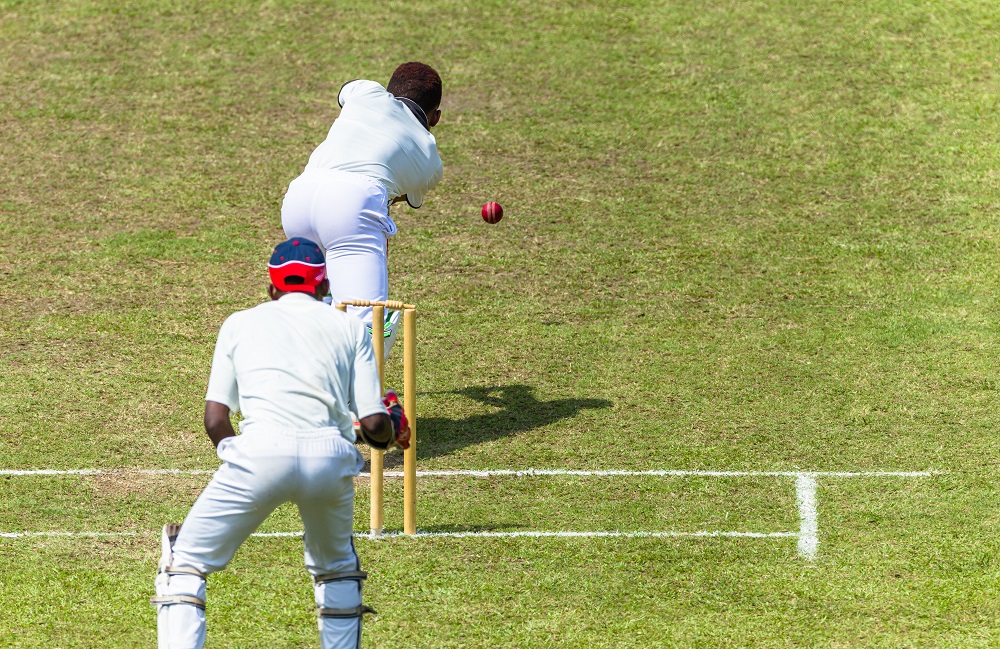Each Way Double Bet Explained

Contents
In this article, we explain what an each-way double bet is, explore the reasons for the wide popularity of each-way double bets, take a close look at the prevalence and significance of the each-way double bet in the field of horse racing and list the pros and cons of each-way double betting.
What Is an Each-Way Double Bet?
What is a Double Bet?
In a double bet, you combine two individual bets into one bet. For instance, you could bet individually on the results of two Premier League football matches, say, Leeds vs Burnley, and West Ham vs Brighton. Let’s assume that in the first game, bookies are offering odds of 2.25 on a Leeds win and 3.10 on a Burnley win, with a draw attracting odds of 3.50. In the second game, the bookmakers quote West Ham at 1.90 and Brighton at 4.33, with a draw quoted at 3.40.
You decide to place a double bet, with ₹100 on Leeds to win the first match and West Ham to draw against Brighton in the second. The odds offered on the combined result are 7.65. As you can see, this is higher than the sum of the odds on the two individual results (2.25 plus 3.40 = 5.65). So, you could hope to walk away with ₹865 (100 plus 765), if both results went your way.
There are four takeaways in a double bet:
- The events you bet on must be two separate events ON THE SAME DAY;
- You get higher odds by combining the bets than if you bet separately on the two events;
- You must win both bets, else you lose your stake;
- A double bet carries greater risk than do two individual bets.
How does an Each-way Double Bet work?
In an each-way double bet, you must combine two double bets. Let’s consider an each-way double bet example. For instance, assume that you have bet ₹100 on a double bet, backing horse number 7 in race 1 and horse number 3 in race 2, with odds offered as shown in the chart below:
| Race Number | Horse Number | Odds |
| 1 | 7 | 4/1 |
| 2 | 3 | 2/1 |
If both horses win, you will earn ₹400 on the first race and stake ₹500 (including your original stake of ₹100) on the second to win ₹1000. So, you would walk away with ₹1500.
Assume instead that you placed an each-way double bet on the same horses. Further, assume that the horses finished 3rd and 2nd respectively, the chart would look like this:
| Race Number | Horse Number | Odds | Result | Quarter Odds |
| 1 | 7 | 4/1 | 3rd | 1 |
| 2 | 3 | 2/1 | 2nd | 1/2 |
In this case, you would earn, albeit on quarter odds, even though the horses you backed did not win their respective races. A stake of ₹100 bet on horse 7 in race 1 would yield ₹200 (₹100 plus ₹100) on quarter odds. A stake of ₹200 bet on the second race would yield ₹300 (₹200 plus ₹100). So, you would walk away with ₹300 on your initial stake of ₹100, even though the horses you backed did not win.
Why Each-Way Double Bets Are Popular
Many experienced punters use the each-way double bet as their sole method of making a profit from gambling. There are some good reasons why a double each-way bet is popular with punters:
Horses Need Not Win to Allow Earnings
The main reason for the popularity of this type of bet is that the horses you bet on need not win for the bettor to make a profit.
High Return on Low Stake
Additionally, as it is a combined bet in which the winnings of the first bet are staked on the second, the cumulative effect allows you to earn a higher return on a small stake.
For example, look at the horse racing bets we have considered earlier. We have considered the winnings in two situations: the first, in which both horses won, and the second, in which both horses placed. Had the first horse won and the second placed, you would have won ₹650 on your original stake of ₹100 (a yield of ₹500 on the first bet at 4/1 staked on the second bet would earn an additional profit of $250 at 1/2).
Similarly, if the first horse had placed, and the second won, you would have earned $500 on your original stake of ₹100 (a yield of ₹200 on the first bet at 1/1 staked on the second bet would earn an additional profit of $400 at 2/1).
Thus, an each-way double bet allows you to hedge your bet to some extent while allowing you an opportunity to win big.
Each-Way Double Bet in Horse Racing
Selection must be “placed” in both races
An important point to note is that an each-way double bet will only be successful if your selection is “placed” in both races. Otherwise, you will lose your entire stake. What this means is that a second or third “place” must be enough to earn a return on your stake. In other words, you will win an each-way double bet only if all your selections “win” or all are “placed”.
Order of races does not matter
The order of the two races doesn’t matter. What matters is that both horses must at least “place” in both the races if you want to earn a return.
Pros and Cons of Each-Way Double Betting
Pros
- Horses only need to place, not win, for you to earn money;
- You can win substantially even if the odds are not big;
- You need to place only one bet, doing away with the need to monitor progress.
Cons
- Both horses must either win or place for you to make money;
- If the first horse won at big odds but the second did not even place, you would lose your stake.







